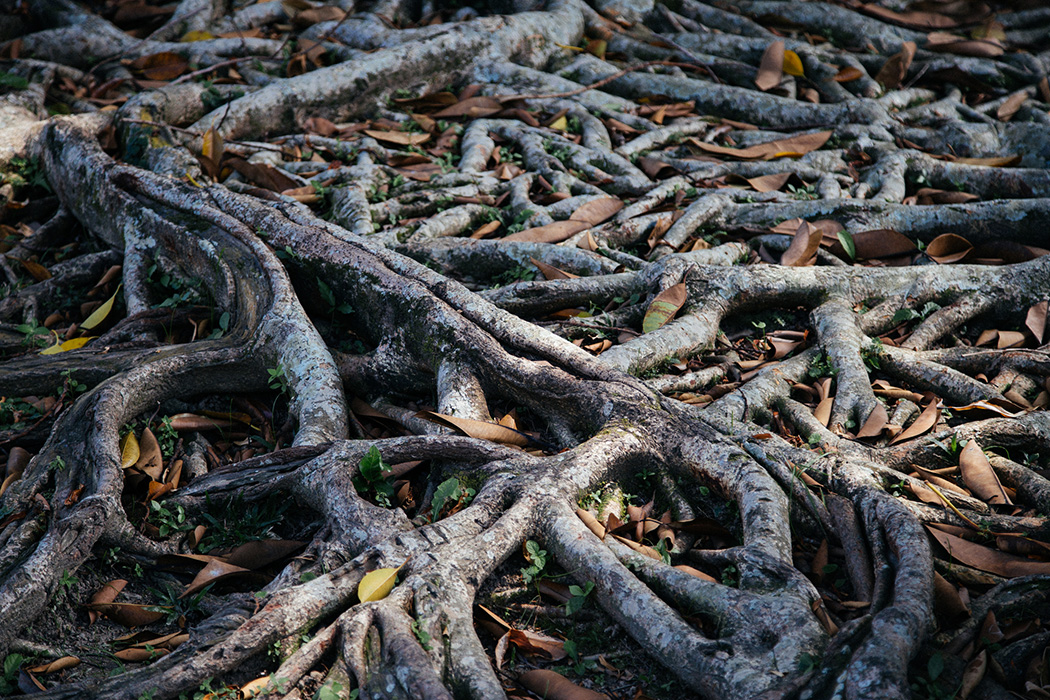
All the credit goes to trees. However, the soil, roots, fungi, and microbes underneath the surface of a forest play an equally significant role.
The aboveground ecology has historically been the subject of more research. “Aboveground creatures, tree stands, and the forest floor are instantly recognizable components of a forest ecosystem; one does not generally mention belowground when defining a forest in common vernacular,” says researcher Whitney Stohr. This is due to the fact that “belowground remains, physically and consequently out of sight, out of mind.”
A healthy future starts underground, and healthy forests are essential for that future. 70% of terrestrial biodiversity is found in forests, and the majority of it is underground. Furthermore, the majority of a forest’s underground carbon sequestration—which is crucial for reducing climate change—occurs.
Trees are frequently the first thing that comes to mind when discussing forest ecosystem services, or natural advantages: they offer aesthetic value, air and water filtration, and habitat. However, a lot of these processes start underground. 25 percent of the biomass on Earth comes from forests, and 75 percent of that biomass is produced by the trees’ fine root systems. This organic material serves as a food supply for numerous species and is crucial to the health of the soil.
Ecosystems below ground serve as a vital habitat as well as a source of food. The biodiversity of animals is present underground to a 50% extent. In the ecosystem below, you can find, among other things, worms, fungi, and bacteria. More diversified than the aboveground ecosystems, these frequently ignored ecosystems support a variety of ecosystems that are essential to life for plants, animals, and humans, such as decomposition, soil health, and water purification.
The soil is the primary location for both carbon storage and nitrogen cycling. The nitrogen cycle and the carbon cycle are two examples of nutrient cycles that primarily occur underground. These processes affect the health of the water, the development of plants, and the absorption of greenhouse gases. Beyond forests, the health of the earth has a significant impact on food production.
The interaction between above- and below-ground ecosystems has been the subject of numerous recent research. According to those research, when one component of the ecosystem is out of balance, the others will follow. Stohr uses the example of converting a forest. Forest conversion to farmland can reduce plant diversity and have an effect on nutrient cycling, which in turn has an impact on the food web and the amount of biomass that enters the environment.
Stohr suggests a number of ways to raise public awareness of the underground. First, more research funding will enable us to better understand these ecosystems and the reasons behind their importance. This may result in regulations that safeguard not only the trees but the overall forest ecosystem. “Effective decision making at the scientific, policy, and global levels can improve present focus on belowground ecosystems and positively progress scientific research and funding for ecological restoration of the full forest environment,” writes Stohr in his conclusion.

Leave a Reply